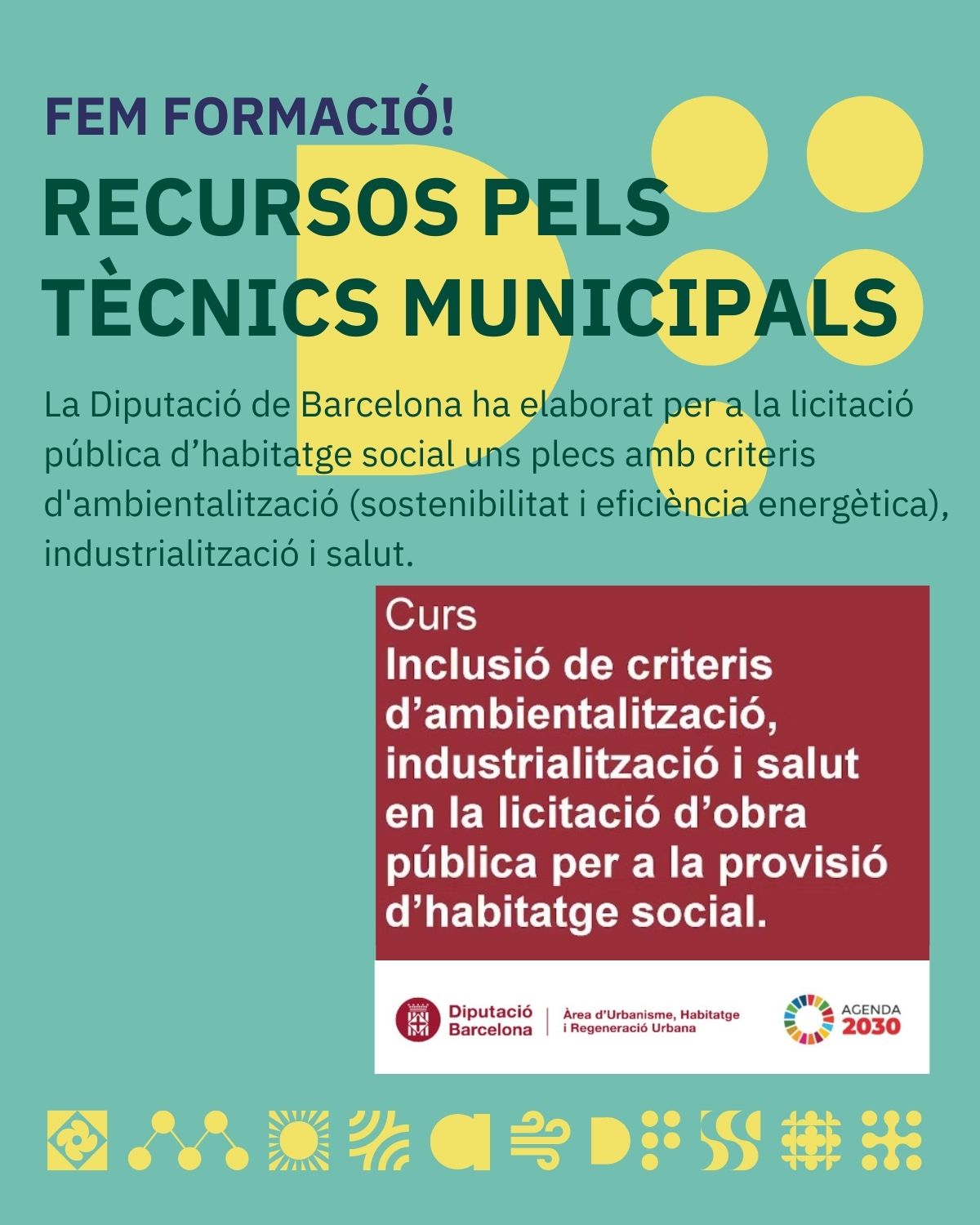Radon is a naturally occurring radioactive gas which may be found in high concentrations in indoor environments, such as homes and workplaces.
Radon is one of the leading causes of lung cancer.
Some soils and rocks, depending on their mineral composition, emit radon gas that can infiltrate inside buildings and accumulate indoors. Radon can also be found in water.
Well-tested, durable and cost-efficient methods exist for preventing radon entry into new buildings and reducing radon in existing buildings.
Radon concentration indoors can easily be measured with a small passive detector.
Biohabita! offers a measurement campaign to detect the presence of radon gas, a report analyzing the results and a proposal for protective actions if necessary.
Measurements are done under the Standard der Baubiologischen Messtechnik SBM 2015 from Institut für Baubiologie + Nachhaltigkeit (IBN)-Instituto Español de Baubiologie (IEB) protocol. These measurements are carried out by a IEB specialist on Building Biology Measurements.


